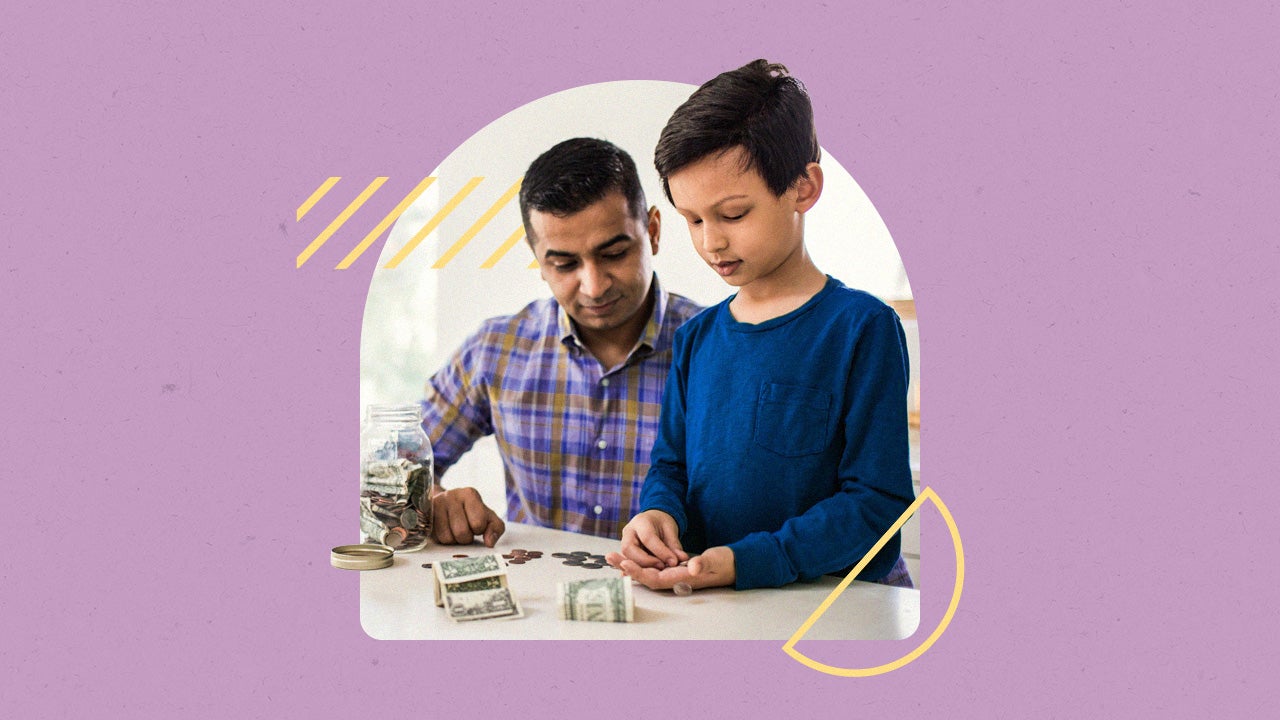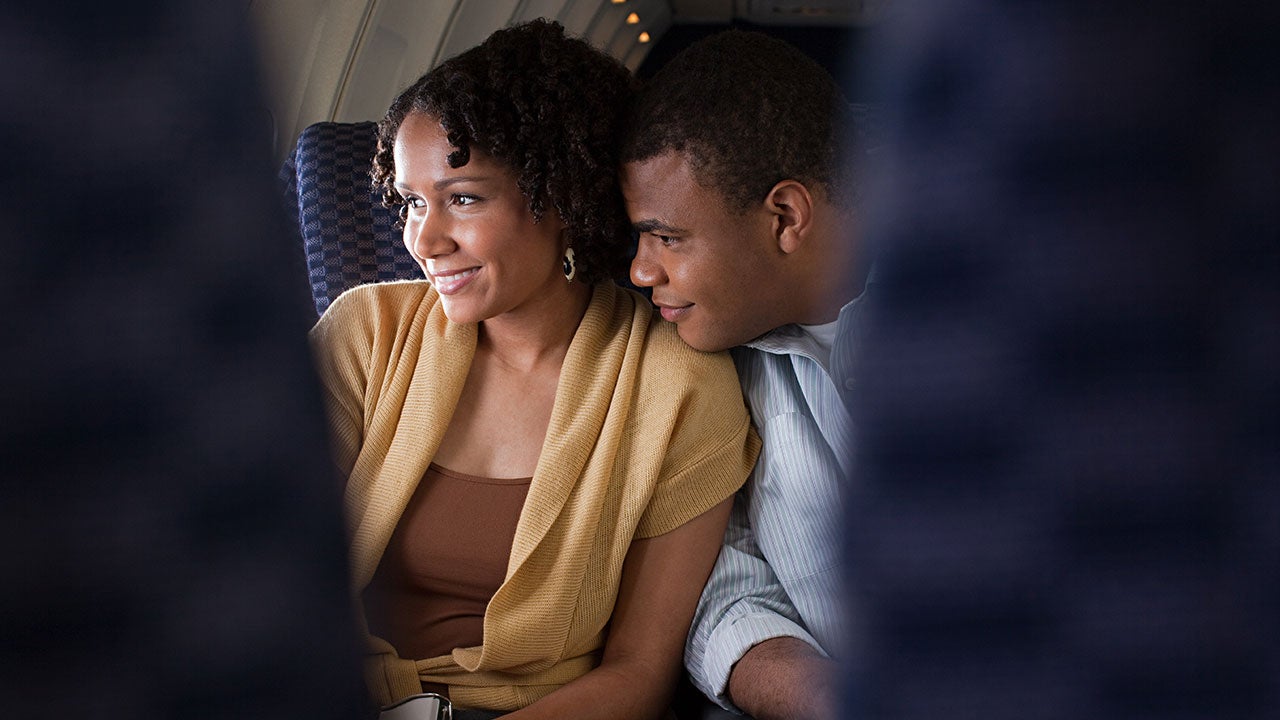Average cost of Valentine’s day: 2023 statistics

Whether you’re excited for the chance to treat your partner with a luxurious date this Valentine’s Day, or just excited to treat yourself to discount chocolate the day after, you may be wondering about how you can celebrate Valentine’s Day this year while making it work within your budget.
Americans in total are expected to spend $25.9 billion on Valentine’s Day in 2023, according to the National Retail Federation (NRF) and Prosper Insights & Analytics, one of the highest spending years since the NRF began tracking Valentine’s Day in 2004.
Here’s how much people are planning on spending this Valentine’s Day.
Key Valentine’s Day spending statistics
- Consumers celebrating Valentine’s Day in 2023 are expected to spend an average of $192.80. They spent an average of $175.41 on Valentine’s Day in 2022. (NRF)
- Consumers in 2023 expect to spend an average of $14 more than last year on pets, friends, coworkers or their childrens’ classmates or teachers. (NRF)
- Consumers ages 35 to 44 plan to spend an average of $335.71 in 2023 — the most of any age demographic. (NRF)
- 57% of Valentine’s Day shoppers expect to buy candy, making it the most popular gift category in 2023. (NRF)
Valentine’s Day spending snapshot: What to expect in 2023
People plan to spend an average of $192.80 on Valentine’s Day 2023, almost 10 percent more than the $175.41 they had planned to spend in 2022, according to the NRF. In total, people expect to spend $130.75 of their Valentine’s Day budget on significant others and family, nearly identical to last year’s figure of $130.80.
Aside from spending on a partner or family member, people expect to spend $52.65 on friends, pets, co-workers and their childrens’ teachers or classmates, 37 percent higher than the $38.36 they planned to spend in 2022.
This follows a trend of Valentine’s Day spending that has increased steadily since an initial decrease in 2021, according to the NRF. Valentine’s Day spending was expected to reach an all-time record of $27.4 billion in 2020, only a month before COVID-19 hit the U.S.
Valentine’s Day spending has generally climbed since the last major U.S. economic downturn, the Great Recession in 2008, led to reduced consumer spending. Consumers were only expected to spend $14.7 billion on Valentine’s Day in 2009, according to the NRF.
Higher Valentine’s Day spending in 2023 comes as two-thirds of surveyed U.S. economists (64 percent) told Bankrate they believe the country will enter a recession this year. But despite economic uncertainty, rising inflation over the last year coincides with consumers still spending money, often on small indulgences.
Despite the rise in spending, the amount of people celebrating the holiday has gone down over the years. Slightly more than half, or 52 percent, of consumers plan on celebrating Valentine’s Day this year, the NRF says, nearly the same as last year’s 53 percent. But that’s down from when 63 percent of people said they would celebrate in 2007.
Valentine’s Day gifts traditionally revolve around candy, flowers and jewelry, and 2023 is no different, with NRF respondents saying they plan to buy almost the same gifts as last year. The only exception is spending money on an experience, with 32 percent of respondents in 2023 saying they will give an experience, compared to 26 percent in 2022. Here are which classic Valentine’s Day gifts people are planning on buying.
| Spending category | Percentage expected to give this gift in 2022 | Percentage expected to give this gift in 2023 |
|---|---|---|
| Candy | 56% | 57% |
| Greeting cards | 40% | 40% |
| Flowers | 37% | 37% |
| An experience | 26% | 32% |
| An evening out | 31% | 32% |
| Jewelry | 22% | 21% |
Source: NRF
Valentine’s Day spending by gender
Jewelry is a traditional Valentine’s Day gift, but more women are expected to buy jewelry themselves this year. An estimated 14 percent of women plan to buy jewelry this year, up from 10 percent in both 2022 and 2021. They’re planning on spending an average of $24 in 2023, double the $12 they expected to spend in 2022.
But more men are still planning on shelling out more money for jewelry, with 30 percent of men planning on buying jewelry this year, spending an average of $75, according to the NRF.
Valentine’s Day spending by giftee
Valentine’s Day celebrates love, but more people this year are expanding who they give gifts to beyond just significant others. Here’s who people plan on giving gifts to this Valentine’s Day:
| Giftee | Percentage who are buying for the giftee |
|---|---|
| Significant other or spouse | 87% |
| Other family members | 58% |
| Friends | 29% |
| Children’s classmates or teachers | 25% |
| Co-workers | 17% |
| Pets | 32% |
| Other | 14% |
Source: NRF
Most people (87 percent) still plan on giving a gift to their significant other or spouse this Valentine’s Day. But more people than ever are planning on giving Valentine’s Day gifts to their non-human loved ones; nearly a third (32 percent) of people plan to give gifts to their pets this year, up from 28 percent in 2022.
Source: NRF
The largest bulk of household Valentine’s Day spending is still going to significant others or spouses. Households are expected to spend an average of $100.25 on significant others or spouses, over three times as much as their other family members, who they’re expected to spend an average of $30.51 on.
Average cost of Valentine’s Day in 2023: Inflation’s impact on spending
Inflation has impacted most shopping categories for months, and the food, entertainment and travel around Valentine’s Day is no exception. This is how prices for Valentine’s Day gifts and experiences have risen over the past year:
Year-over-year Valentine’s Day gift costs
| Gift category | Price increase from January 2022-January 2023 |
|---|---|
| Airline fares | 25.6% |
| Stationery, stationery supplies and gift wrap | 16.2% |
| Candy and chewing gum | 12.2% |
| Food at home | 11.3% |
| Hotels and motels | 8.5% |
| Restaurant/dining* | 8.1% |
| Admissions to movies, theaters and concerts | 6.5% |
| Alcohol (i.e. champagne, wine, etc.) | 5.8% |
| Indoor plants and flowers | 5% |
| Jewelry and watches | 4.9% |
| Women’s apparel | 3.7% |
| Men’s apparel | 3.1% |
Source: Consumer Price Index, U.S. Bureau of Labor Statistics, February 2023
Note: *Referred to in CPI data as “Full service meals and snacks”
Like the winter holidays, those planning on traveling this Valentine’s Day will likely see that airline prices have risen the most out of any Valentine’s Day gift category. Airline fares are 25.6 percent higher than January 2022, according to January 2023 data from the Consumer Price Index (CPI). In 2022, Valentine’s Day weekend prices were around $252 for a round-trip domestic flight, according to Hopper.
Hotel and motel prices rose 8.5 percent year-over-year as of January, according to the CPI. Prices were an average of $179 per night over Valentine’s Day weekend in 2022, according to Hopper. That was 7 percent more expensive than all other weekends in February 2022.
Among non-travel categories, gift wrap and other stationery have increased in price significantly. Gift wrap is 16.2 percent more expensive than a year before — the second-largest price hike for Valentine’s Day goods in data analyzed by Bankrate.
Candy has seen the third-largest price hike, rising 12.2 percent since January 2022, according to the CPI.
You can’t buy love, but it could sure cost you a lot this Valentine’s Day. Inflation is pushing up prices on almost every item considered a staple to the holiday. There’s few places Americans can hide from inflation, and with prices rising at the fastest pace in 40 years for more than a year now, cutting back on spending to make room for those higher prices can seem next to impossible.
— Sarah FosterBankrate U.S. economy reporter
How consumers are shopping for Valentine’s Day
Though most shoppers will purchase their gifts and other goods online this Valentine’s Day, many are still shopping in person, including at local businesses and florists.
Here’s where people are shopping for Valentine’s Day:
Source: NRF
Valentine’s spending budgeting tips
Budgets may be tight in 2023, and some people do not have the money set aside to spend on holidays. Bankrate revealed in January that only 43 percent of Americans would use their savings to cover an unexpected $1,000 expense. Here are a few ways to celebrate with your loved ones this Valentine’s Day while sticking to a budget.
- Take advantage of what’s at home or nearby. Fine dining out for two can often cost too much for the average budget. Cooking a luxurious meal at home can allow you to spend a personalized, and low-budget, night in. If you’re a student with a budget, try free entertainment nearby like on-campus activities around Valentine’s Day.
- Consider non-traditional gifts. Think about lower-budget gifts that match your partner’s taste, even if it’s not traditional for Valentine’s Day. Instead of roses, consider getting a bouquet of your partner’s favorite flowers or a potted plant. Instead of a chocolate box, consider making homemade treats.
- Create a budget. Look at your monthly expenses and available funds to decide how you want to allocate funds for a Valentine’s Day date. Sticking to this budget can allow you to celebrate the holiday without feeling pressured to spend more.






